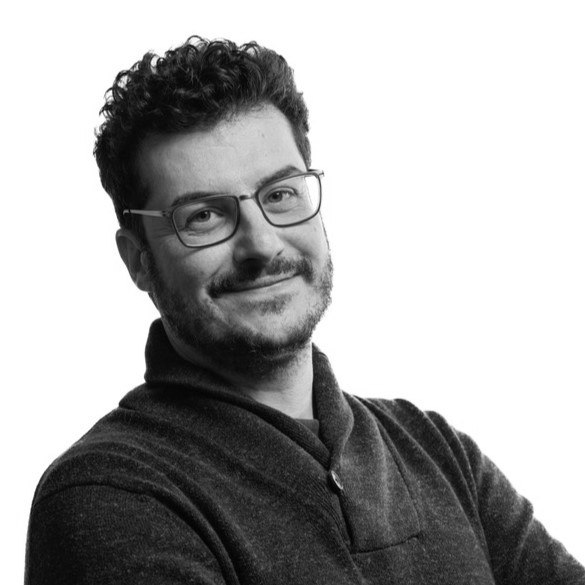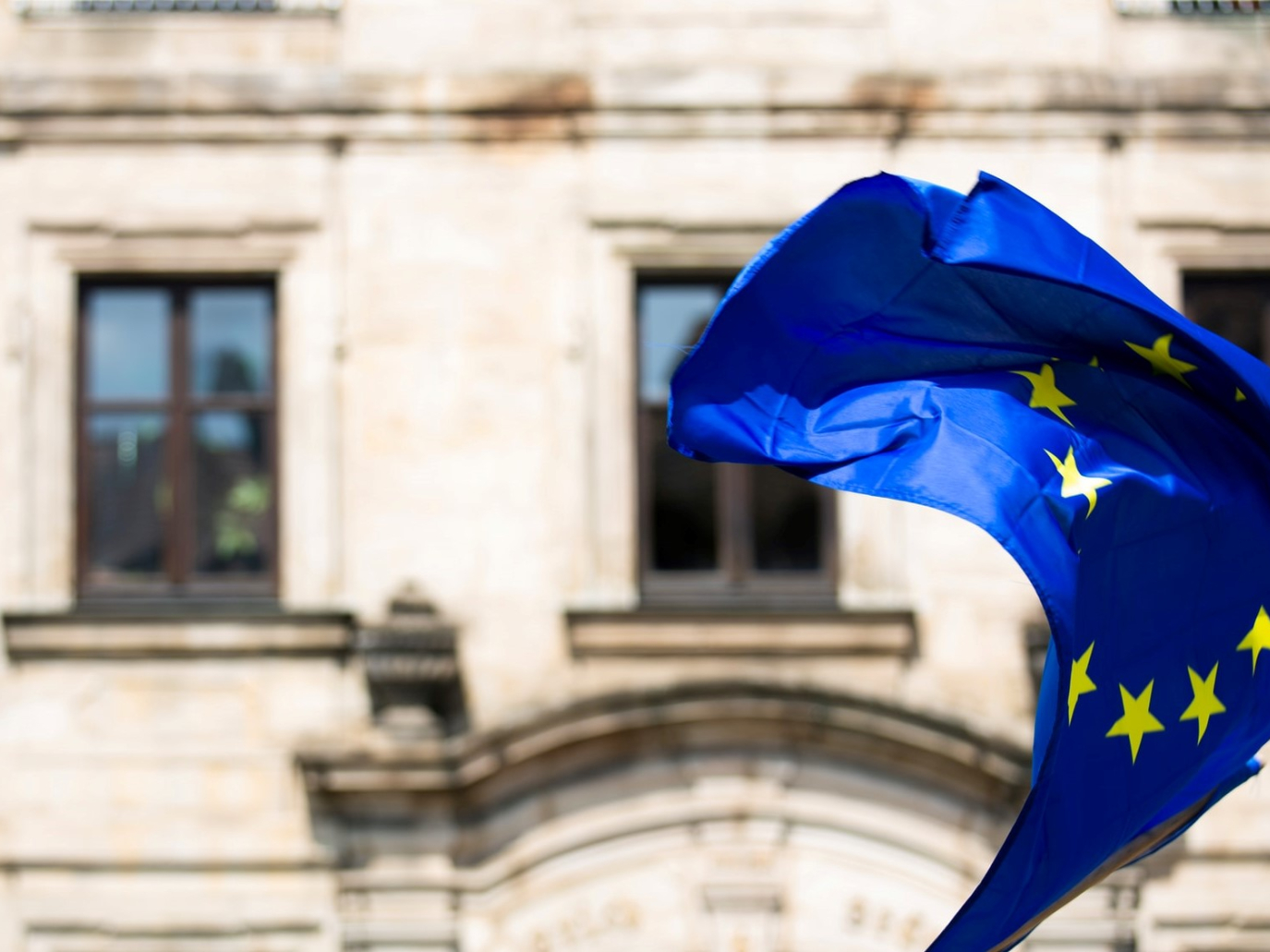Christa Schweng was elected President of the European Economic and Social Committee (EESC) on 28 October 2020 for a period of two and a half years, to run until March 2023. She has been an EESC member since 1998. Within the EESC, her work has focused on employment and social affairs. But now has also a new priority: the circular economy. The EESC chairs the European Circular Economy Stakeholder Platform (ECESP) and is a driving force for ideas and actions that inspire businesses, policymakers, and civil society. The editor-in-chief of Renewable Matter sat down with Christa Shweng to discuss the state of the (circular) Union.

The circular economy will be a priority in the Next Generation EU plan. How important is the Recovery and Resilience Facility for boosting the circular economy, and what should the priority investments for the circular economy be?
The Recovery and Resilience Facility (RRF) will be crucial for boosting the circular economy because we all agree that transition towards circularity requires significant investment. With its EUR 672.5 billion, the RRF will help EU countries to address the economic and social challenges we face due to the COVID-19 crisis. It will help the frontloading of future-proof clean technologies, accelerate the development and use of renewables, and improve the energy efficiency of public and private buildings.
By putting circular economy objectives into national recovery plans we are financing recovery from the crisis using future-oriented, green solutions.
The RRF is a great tool for stepping up the public investment and reforms that are necessary for greening our economy and for becoming more circular. Priority investments should focus on incentivising circular business models and on greening all areas of the bioeconomy to ensure we produce food, materials, and energy in a circular way.
What was the outcome of the last European Circular Economy Stakeholder Platform (ECESP)? What is the state of the circular economy in the EU?
The platform is an ongoing innovative project that has just finished its first three-year term. Over that period, we created a unique knowledge hub and discussion forum. We collected more than 400 circular good practices, including – to list just a few – how to transform urban waste into valuable products, how to make yarn from recycled cork, and even how to make jewellery out of discarded coins, old silver spoons and other cutlery.
We published over 250 reports and research papers as well as over forty national, local and regional strategies. The Coordination Group of 24 circular economy stakeholders carried out more than sixty initiatives and established leadership groups to focus more in-depth on a number of topics. This fed into the annual conference, which this year went online. We received very positive feedback from those who took part and we are looking forward to continuing this work.
How can we develop a circular economy that is prosperous, socially inclusive and environmentally sustainable? What role will the EESC play in supporting this vision?
The Circularity Gap Report 2020 finds that the global economy is only 8.6% circular. This means we have a lot to do on this front. I believe that economic, social and environmental aspects have become inseparable. That is why, in the priorities of my presidency, I argue for a Europe that is economically prosperous, socially inclusive and environmentally sustainable.
Striking the right balance between these three things requires constant dialogue between all the stakeholders. The EESC will continue to be a forum for such dialogue – not only through the ECESP but also through our day-to-day work on each and every EESC opinion.
Our role is unique because of EESC members' great diversity of expertise. As they come from various professional backgrounds and have hands-on experience, they are often able to spot things in European legislation that can elude policymakers operating mainly from a Brussels perspective.
Taking the voice of organised civil society into account while framing EU law also makes Europe more participatory. This consultation makes for more effective policies that tie in better with the economic, social and civic reality on the ground.
The social dimension has not really been taken into consideration when it comes to the circular economy. Why is it relevant?
The EESC has always advocated for a green and social deal because we see economic and social issues as two sides of the same coin. This transition will have a significant impact on social issues. The circular economy means new technologies, new business models and high-quality jobs. At the same time, for some traditional sectors of the economy, the future is far from bright. We must ensure that people working in these sectors have the time and the right conditions to switch to new types of job. As part of the transition towards more greening, but also towards digitalisation, we must ensure that nobody is left behind and that social policies properly respond to the impact of these transitions.
Can you give some examples of key EESC activities on the circular economy in the next few years? How relevant will the circular economy be during your presidency?
The EESC will continue its work on the ECESP with our colleagues from the Commission to facilitate and support stakeholder dialogue and enabling them to share their experience and best practice on matters such as consumer goods designed for circular behaviour, innovative ideas for reducing and managing waste, designing jewellery from recycled material, or governments designing national circular strategies.
The circular economy will be key for the success of the European Green Deal, the EU's flagship plan for the years to come. In my priorities, I put the focus on an environmentally sustainable Europe where the circular economy plays an important role.
As I come from the private sector, I would like to underline the fact that business needs to be seen as a vital part of the solution in achieving a greener economy. It is companies that develop new green technologies and seek out new green business opportunities. They need the right conditions, including funding, to do this.
What role do the media play in making the circular economy “trendy”?
In my opinion, the media are crucial in winning people over to the circular economy. The circular economy is not only about particular ways of doing things, it is much more about mindset. It is only if everyone is aware of the benefits it brings that people will make it part of their daily lives. I believe that the media have a role to play in educating people. By showing concrete examples of circular practices in operation, they prove it is feasible and demonstrate why it is necessary.
Our recent experience with the ECESP conference proved that social media are also extremely important. As well as playing a purely informative role, they enable us to bring together the relevant stakeholders and to keep the conversation on the circular economy going, both at national and EU level. The EESC acts as a bridge between the EU level and civil society in the Member States.
What do you do yourself to be circular?
Taking stock of our daily consumption gives us plenty of opportunities to reduce our environmental footprint and adopt circular habits. I try to reduce food waste and cut down on unnecessary energy consumption or water use at home. I choose products that have little, no or reusable packaging and I also go for plastic-free products.
I think being aware of the principle of circularity is the first step and there are so many ways to play your part. I recommend exploring our "Good Practice Examples" on the ECESP website, which provides great inspiration to anyone who wants to go circular!



